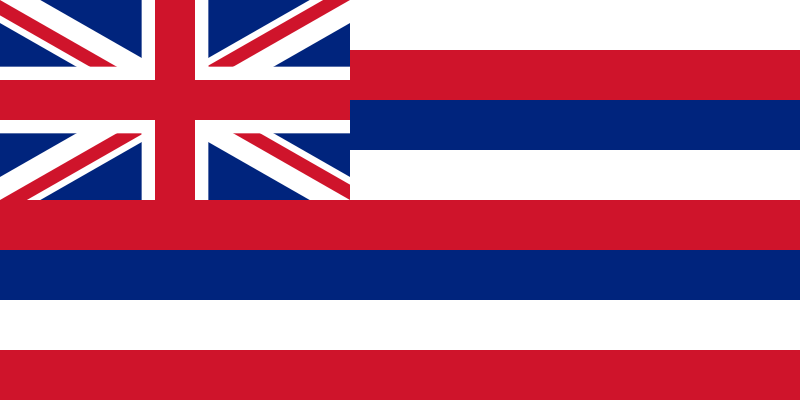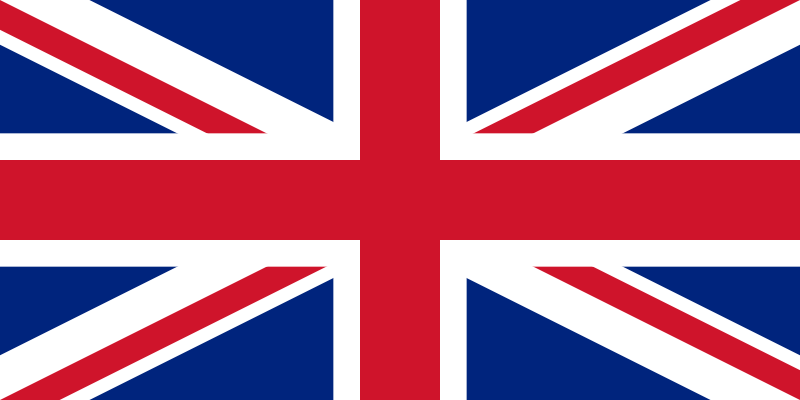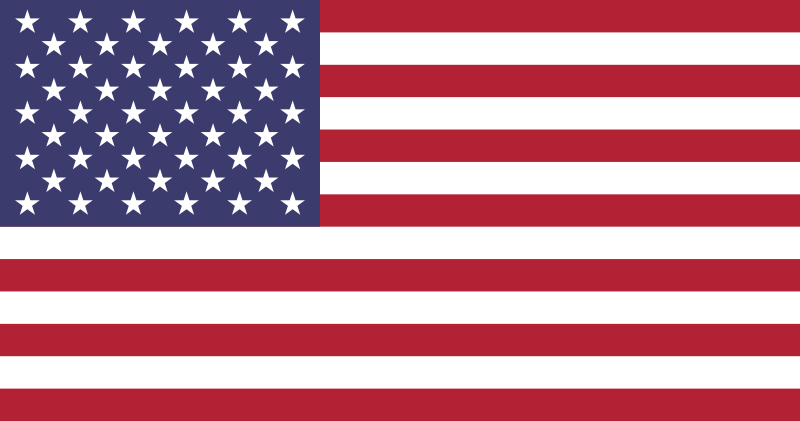The History of the Hawaiian Flag
By M. Keala Milles, Jr.
The history of the Hawaiian flag reflects the political allegiance of Hawaii’s early rulers.
For centuries, the Hawaiian island comprised several independent countries, ruled by various ali’i and kahuna—chiefs and priests—on each island. Kamehameha the Great, a strong warrior chief from the Big Island, finally conquered all the other islands and unified them as one Hawaiian Kingdom in 1810.
Kamehameha used some of the tools and strategic thinking brought to the islands by European settlers and misionaries. This enabled him to take control of all the islands and develop systems of government, commerce, and even taxation
Six years after uniting the Hawaiian Islands as a single kingdom, King Kamehameha commissioned to design a Hawaiian flag. The king commissioned a British Royal Navy officer to design the flag. This explains the early flag’s British colors, as well as the presence of the British ensign. The eight horizontal lines, though, were chosen to represent the eight major islands in the Hawaiian archipelago: Hawai’I, Maui, O’ahu, Kaua’i, Moloka’i, Lana’i, Ni’ihau, and Kaho’olawe.
The Hawaiian state flag went through many iterations, before reaching its final and current design. For example, one version had a ninth stripe for the island of Nihoa, while other versions only had seven stripes, omitting one the smaller island of Ni’ihau or Kaho’olawe.
Other versions of the flag only had two colors.

The final flag has three colors: red, white and blue. Some historians say the colors showed an affiliation to the United States by then, though both the U.S. and Great Britain had great influence on the kingdom.
 |
 |
(Photos: flags.net)
The Hawaiian flag was standardized in 1843.
Read more about Hawaiian History
Return to home page of Hawaiian Culture Stories